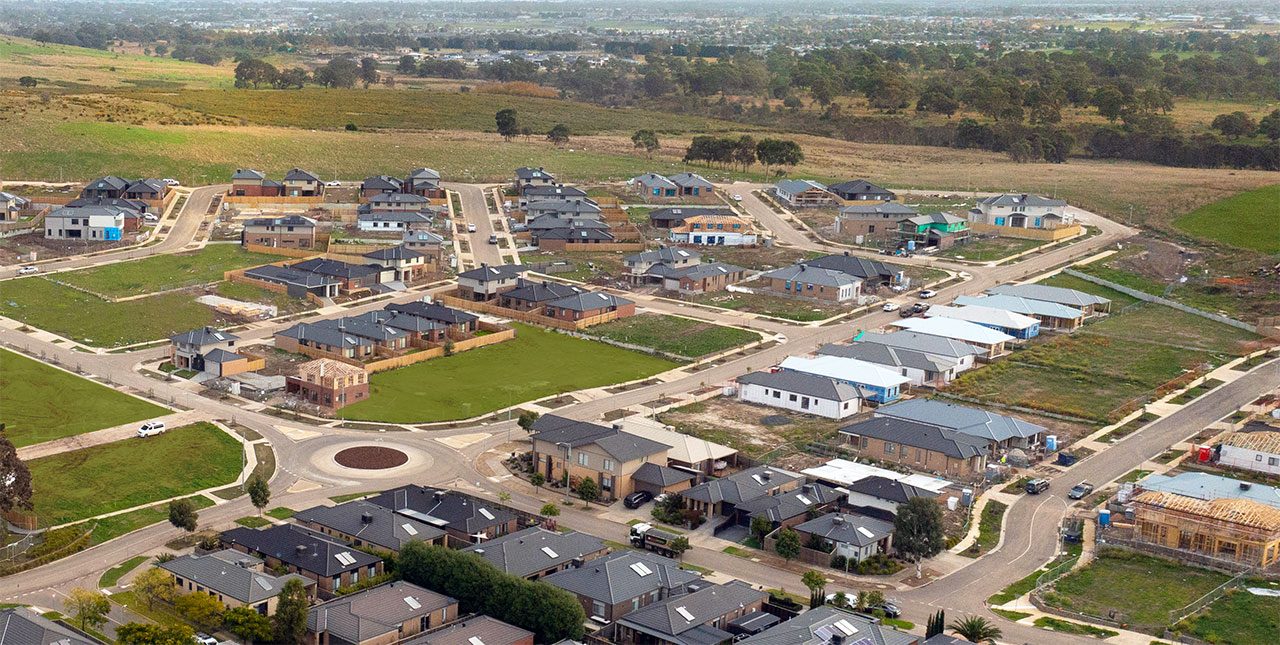This article is from the Australian Property Journal archive
MORTGAGE arrears have risen further from their record lows in Q3 2022, hitting 1.6% in the March quarter of 2024.
According to CoreLogic, this is the highest reading on mortgage arrears since the first quarter of 2021, though the portion of loans behind on repayments was higher at the onset of the COVID-19 pandemic, at 1.8%.
“The upwards trends in arrears has been most influenced by non-performing loans, where the arrears rate has risen to 0.93%,” said Tim Lawless, research director at CoreLogic.
“A non-performing loan is one that is at least 90 days past due or where the lender expects it won’t be able to collect the full amount due. The non-performing arrears rate is now slightly higher than it was at the onset of COVID (0.92%) and above the series average of 0.86%.”
Mortgage customers who are 30-89 days behind in repayments now make up 0.68% loans, which is almost double Q3 2022’s rate of 0.35% and is at its highest rate since Q2 2020.
This category of arrears is above the series average of 0.59%, in fact each measure of mortgage arrears is current above the series average.
“A key factor in higher mortgage arrears is of course the sharp rise in the cost of debt. With the average variable interest rate on outstanding owner occupier home loans rising from 2.86% in April 2022 to 6.39% in March 2024, a borrower with $750k of debt would be paying nearly $1,600 more each month on their scheduled repayments,” added Lawless.
“But there are other factors at play as well. Cost of living pressures are consuming a larger portion of household income, households are paying more tax than ever before and household savings are being drawn down, eroding the savings buffer accrued through the pandemic.”
This comes as the number of Australians at risk of mortgage stress increased to 1.56 million in April, though the Roy Morgan data shows that there are less mortgage holders at risk that the highs reached in January and February 2024.
Lawless forecasts that mortgage arrears are likely to continue to rise as unemployment grows, household savings drain and economic conditions remain weak.
Though arrears aren’t likely to see a “material blow out” unless labour markets see a far more significant downfall that broadly forecast.
“For home owners that do fall behind on their repayments, there is a good chance most will be able to sell their asset and clear their debt,” added Lawless.
“The latest estimates on negative equity from the RBA estimate only around 1% of residential dwellings across Australia would have a debt level that is higher than the value of the home. With housing values continuing to rise, the risk of negative equity is reducing.”
Since October 2021, when APRA lifted the serviceability buffer from 2.5%, borrower serviceability has been assessed at a mortgage rate 3.0% above the loan product rate.
“Most borrowers who took out a home loan between late 2019 and mid 2022 would have seen their mortgage rate rise more than three percentage points, reflecting a combination of very low interest rates leading into and during the pandemic, but also the 3.5 percentage point rise in outstanding variable mortgage rates since May 2022,” said Lawless.
“With mortgage rates rising more than the assessment buffer, alongside cost of living pressures and a record level of household income being consumed by taxes, household balance sheets are being tested.”
At the same time, high loan to income ratio lending saw a marginal increase from the series low in mid-2023.
While high debt to income ratio lending was at a series low in the March quarter, making up just 5.2% of home loan originations, down from the final quarter of 2021’s 24.3%.
The share of home loans that began with a deposit of 10% or less are up but still make up less than 8% of originations for owner occupiers and just 3.2% for investors.
“Overall, lending policies across Australia remain relatively conservative, with close to 70% of borrowers obtaining housing credit with at least a 20% deposit and where their loan amount or overall debt profile is less than six times their gross annual income,” concluded Lawless.
“It’s likely lending policies will remain fairly cautious as the economy navigates a period of weakness punctuated by high interest rates and stubborn cost of living pressures.”




